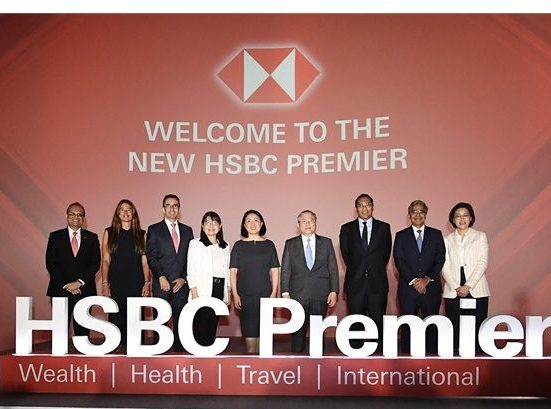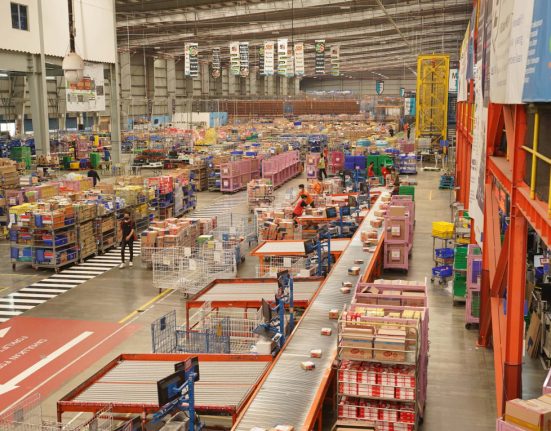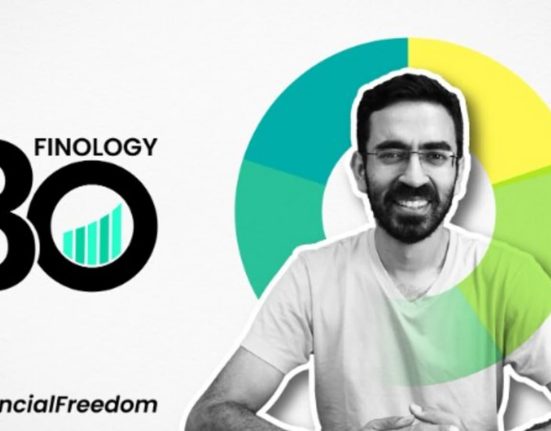The World Bank’s latest Global Findex Database shows that mobile phones and the internet are transforming financial inclusion worldwide, making digital financial services more accessible, affordable, and widely used.
Launched in 2011, the Global Findex is the world’s only demand-side survey on financial inclusion and a leading source of data on how adults across different economies access and use financial services.
The fifth edition of the database highlights trends such as the rise of digital financial services and the narrowing gender gap in account ownership.
Digital platforms are enabling people to make savings deposits, manage loans, and even purchase renewable electricity from their phones, demonstrating the growing role of mobile technology in financial management.
New data from the inaugural Global Findex Digital Connectivity Tracker reveal high levels of mobile phone ownership and internet use, alongside increased use of mobile-enabled accounts in every region.
The report finds that 79 per cent of adults globally had an account at a bank or similar financial institution, with a mobile money provider, or both in 2024, up from 74 per cent in 2021.
In low- and middle-income economies, account ownership rose by 6 percentage points to 75 per cent.
More than half of accounts in these economies are digitally enabled, including mobile money accounts and those at banks, credit unions, cooperatives, microfinance institutions, or post offices.
The growth in account ownership over the past decade is largely attributable to mobile money accounts, which have become central to financial inclusion strategies.
In Sub-Saharan Africa, telecommunications companies pioneered the mobile money revolution by offering simple transactional accounts via mobile phones, often operating independently from traditional banks.
While originating in East Africa, mobile money has spread across the continent and is now a dominant financial service in some economies, supporting payments, savings, and borrowing.
Latin America and the Caribbean are approaching Sub-Saharan Africa’s adoption levels, typically using mobile money alongside bank accounts, while Europe and Central Asia are also narrowing financial inclusion gaps through digital platforms.
In Sub-Saharan Africa, mobile money account ownership rose from 27 per cent in 2021 to 40 per cent in 2024.
In Latin America and the Caribbean, ownership increased from 22 per cent in 2021 to 37 per cent in 2024.
Globally, 86 per cent of adults own a mobile phone, with most owning smartphones, although basic phones remain vital in the Middle East and North Africa, South Asia, and Sub-Saharan Africa.
Smartphone ownership is essential for expanding internet access and enabling more sophisticated financial services, as smartphones are the main way people in low- and middle-income economies connect online.
Around 70 per cent of the world’s population uses the internet, and nearly all of these users go online via smartphones.
Expanding smartphone access could increase participation in digital activities, with social media being the most popular, used by 45 per cent of all adults and 80 per cent of internet users.
Social media platforms are also providing opportunities for merchants to reach new customers, with 6 per cent of adults earning income online and over 10 per cent doing so in East Asia and Pacific.
Gender gaps in account ownership have narrowed significantly, with 73 per cent of women in low- and middle-income economies holding accounts in 2024, compared to 50 per cent in 2014 and 66 per cent in 2021.
In East Asia and Pacific, there is no significant difference between account ownership rates for women and men, and the same applies to India.
Despite progress, gender gaps persist in 65 low- and middle-income economies, but they are shrinking in most cases.
Globally, the gender gap is now 4 percentage points, and in low- and middle-income economies it is 5 percentage points.
Mobile phone ownership plays a role in closing these gaps, although women in low- and middle-income economies are still 9 percentage points less likely than men to own a mobile phone.
Basic phone ownership is more evenly distributed, but poverty remains a stronger barrier to account and phone ownership than gender.
Formal saving has surged, reversing a long-standing trend of slow growth, driven by mobile-enabled accounts that allow small and frequent deposits.
In low- and middle-income economies, 40 per cent of adults saved formally in 2024, up 16 percentage points from 2021.
In both Latin America and the Caribbean and Sub-Saharan Africa, mobile money-based saving rose by more than 10 percentage points, reaching 19 and 23 per cent of adults respectively.
In Sub-Saharan Africa, 35 per cent of adults saved formally in 2024, the second-highest rate after East Asia and Pacific.
Senegal saw formal saving rates rise from 46 per cent in 2021 to 67 per cent in 2024.
East Asia and Pacific recorded the largest increase in formal saving, with a 20 percentage point rise between 2021 and 2024, driven largely by China’s 22 percentage point jump.
Women remain less likely to save than men, with 36 per cent of women saving formally in 2024 compared to men’s higher rates.
Only just over half of formal savers earned interest on their balances in 2024, highlighting an opportunity to boost returns for savers and increase capital flows.
Digital payments continue to expand, with 61 per cent of adults in low- and middle-income economies making or receiving them in 2024.
Digital merchant payments grew from 35 per cent of adults in 2021 to 42 per cent in 2024, with strong growth in economies such as Cameroon, the Kyrgyz Republic, Paraguay, and Viet Nam.
Kazakhstan, Kenya, and Mongolia showed widespread adoption of these payments.
Digital merchant payments offer benefits such as improved safety and credit access for small businesses, but require robust interoperable payment systems.
Business-related financial stress remains common, with 13 per cent of self-employed adults citing business expenses as their top concern.
Only a quarter of adults in low- and middle-income economies accessed formal credit in the past year, while 35 per cent relied on informal sources such as family or friends.
Business borrowing is predominantly informal, with most self-employed borrowers relying on non-institutional sources.
Government and wage payments are increasingly digital, with 75 per cent of government transfers in low- and middle-income economies paid directly into accounts.
Half of private-sector wage recipients also receive payments directly into accounts.
Digital channels enable 37 per cent of adults in low- and middle-income economies to pay bills online and 36 per cent to buy goods online, expanding opportunities for both consumers and sellers.
However, significant gaps remain, especially among the poor and those without mobile phones.
The most common reason for not having an account is insufficient funds, followed by the inability to afford account fees.
Reaching adults without both accounts and phones is particularly challenging, with 31 per cent in low- and middle-income economies and about 50 per cent in South Asia and Sub-Saharan Africa in this category.
Cost is the main barrier to phone ownership, suggesting that more affordable devices and innovative pricing models could boost access.
Security remains a concern, as only three-quarters of mobile money account users in low- and middle-income economies protect their phones with passwords.
In Sub-Saharan Africa, only about half of mobile money account owners do so.
Finally, women are less likely than men to use passwords, and financial scams remain an issue, with nearly one in five phone owners receiving fraudulent money requests via text messages.







